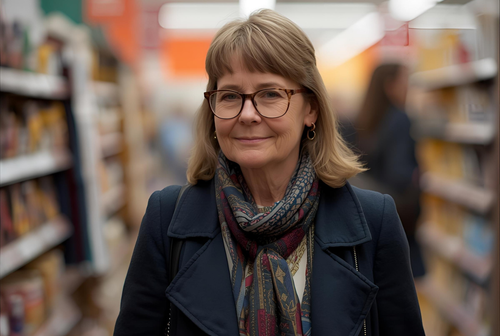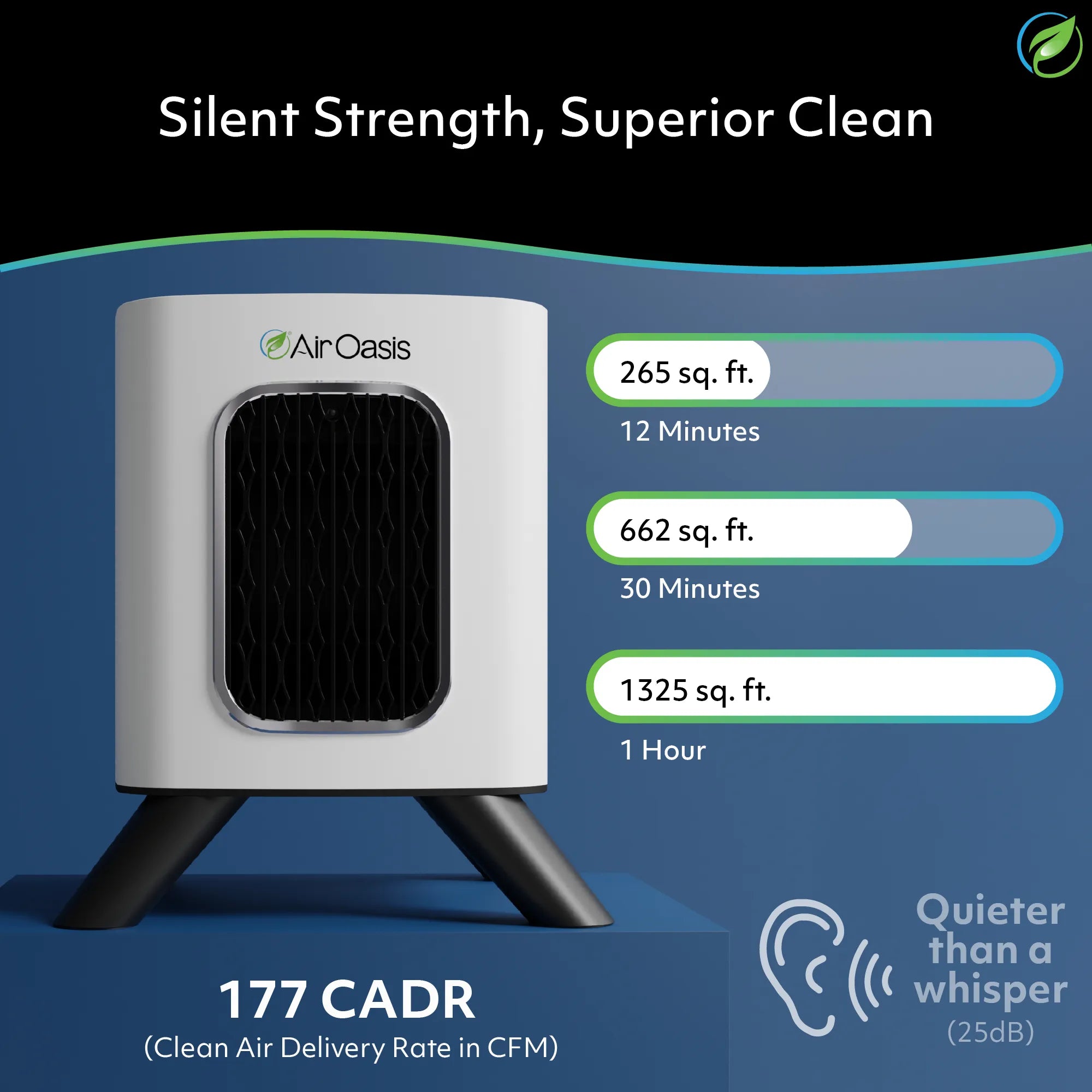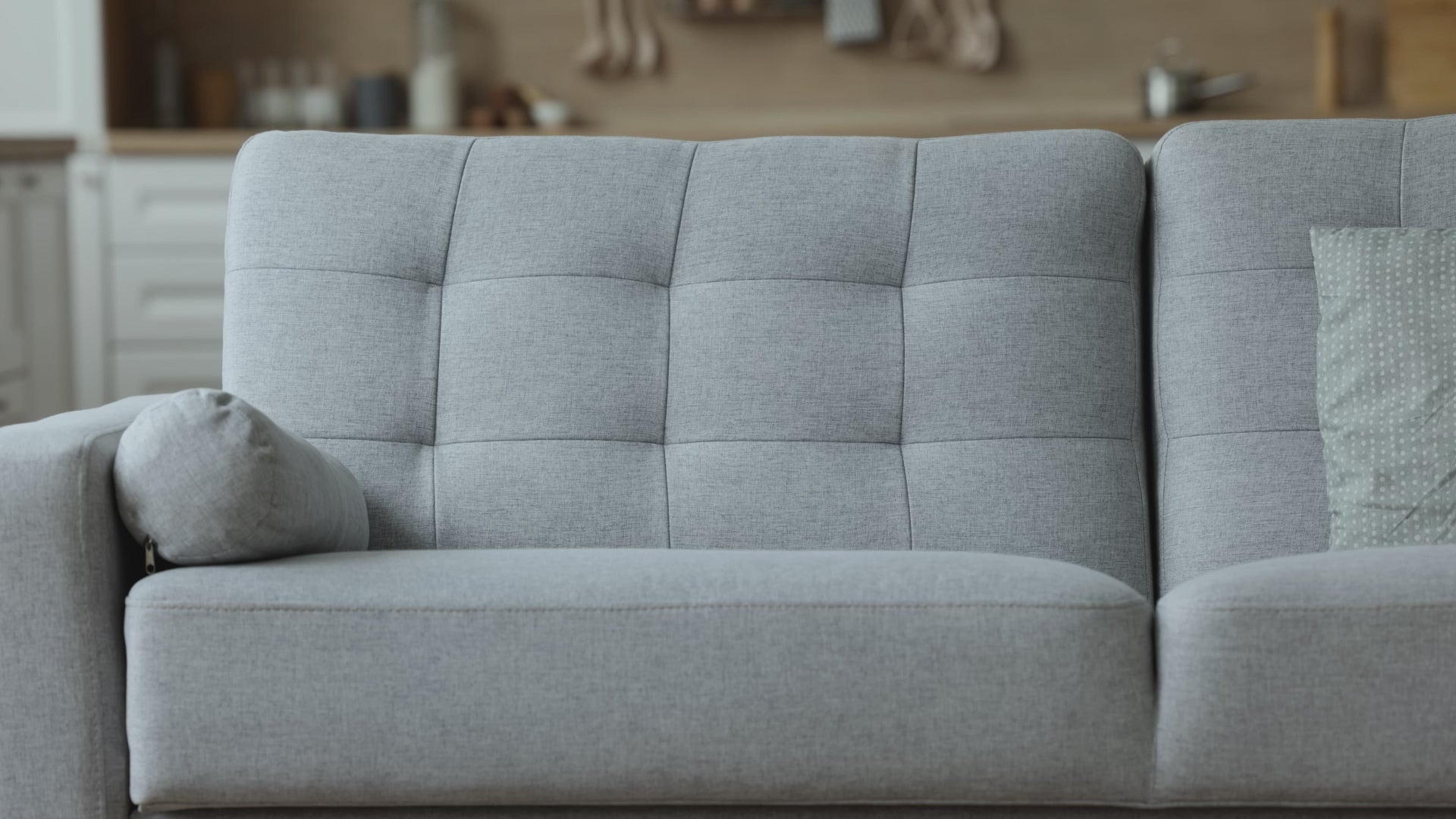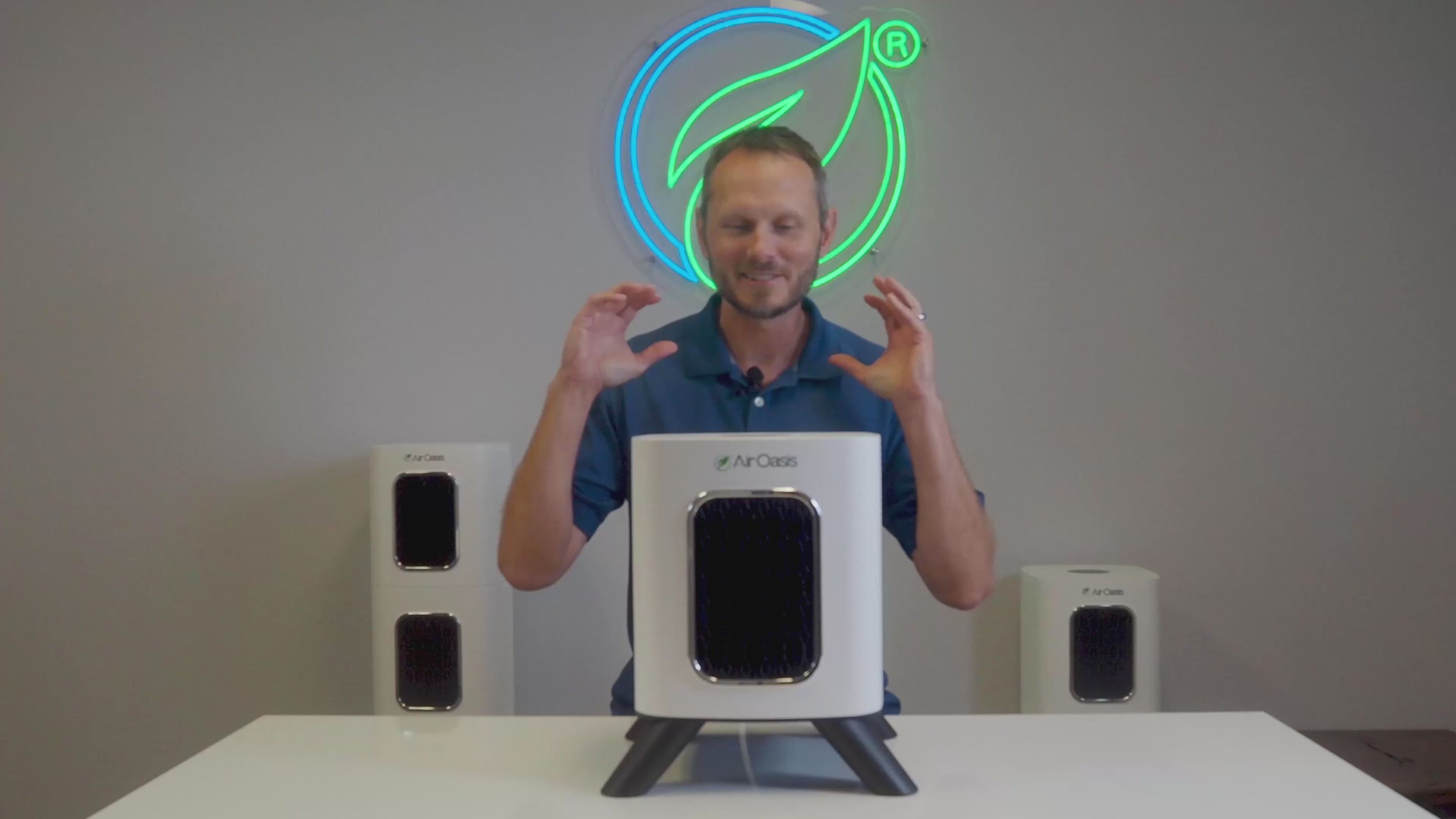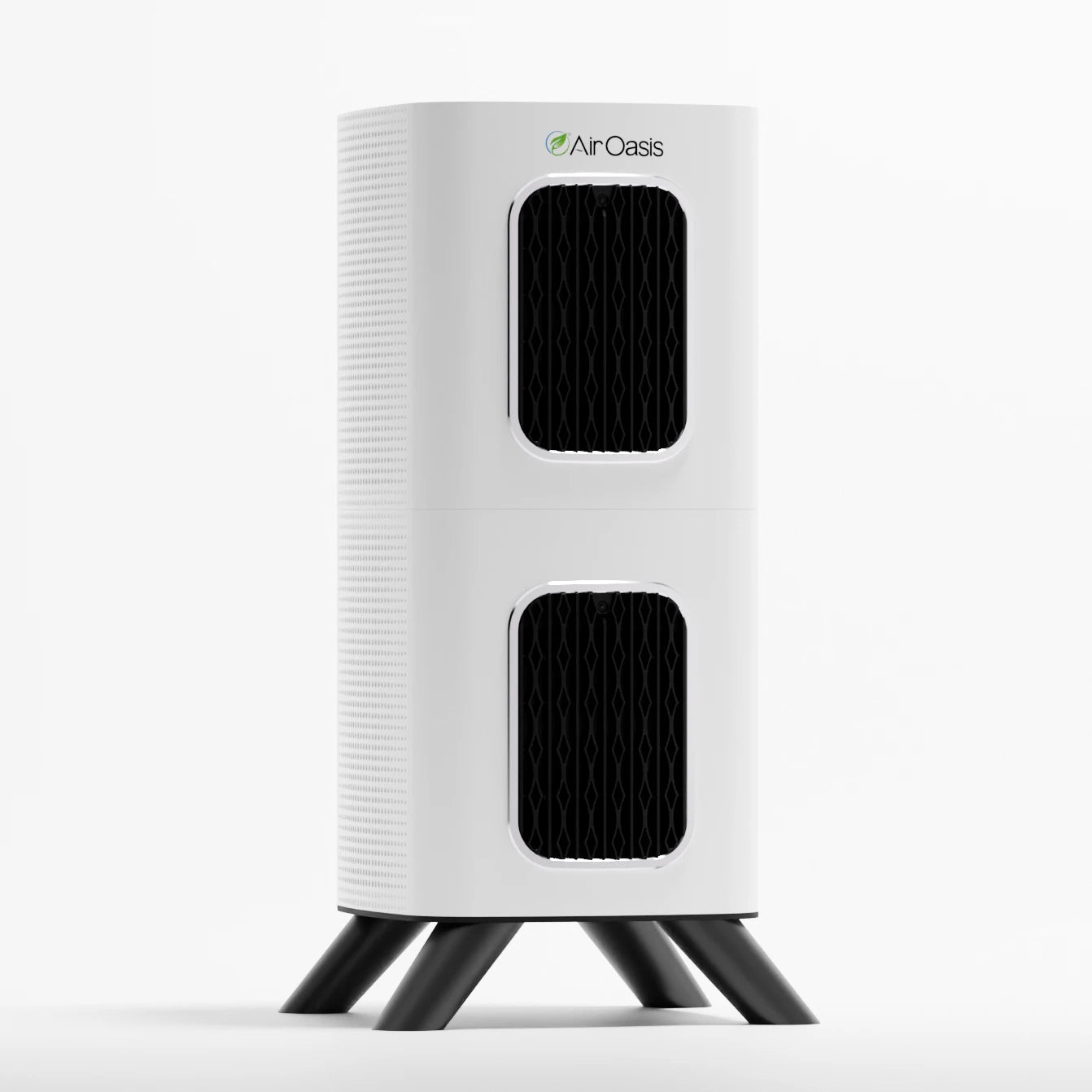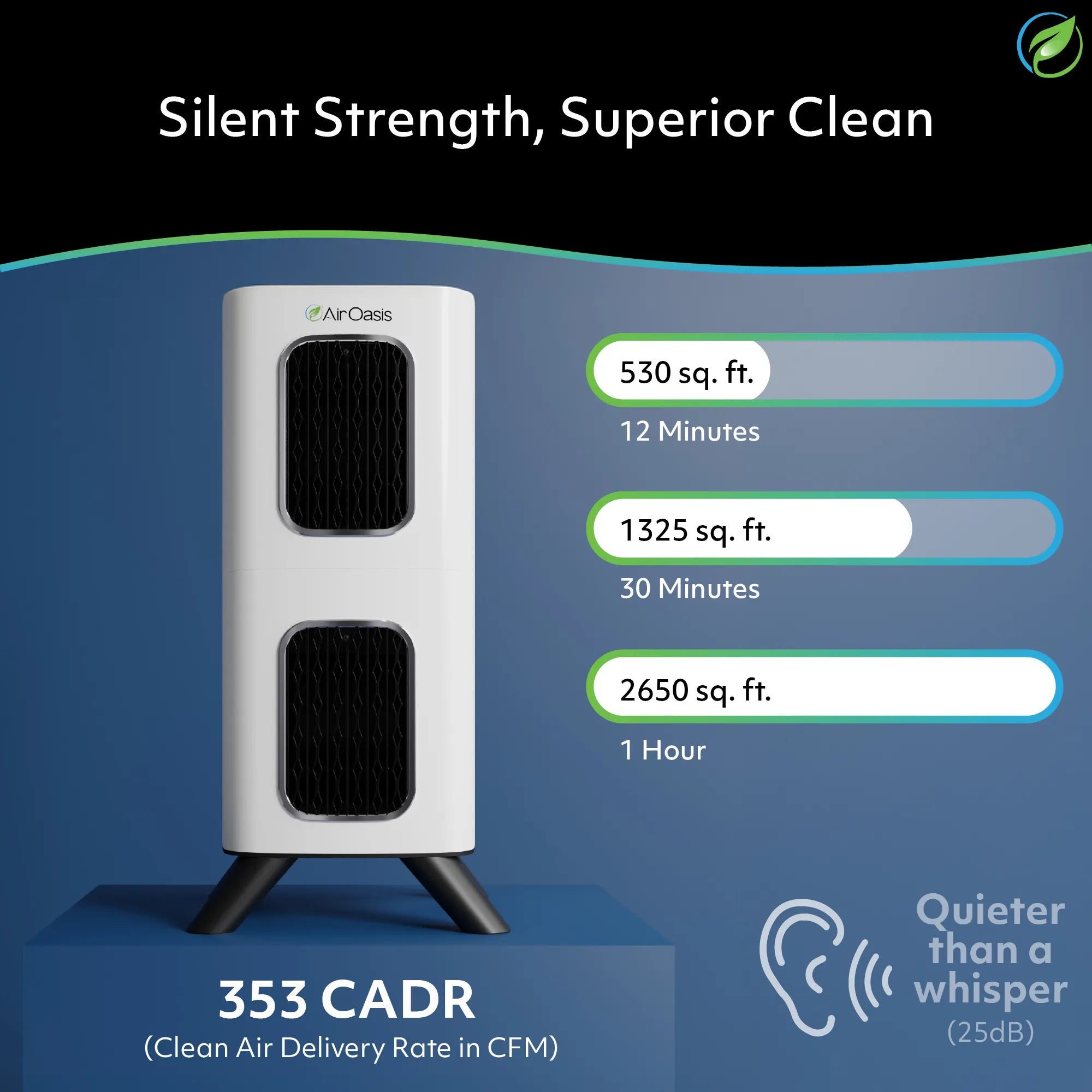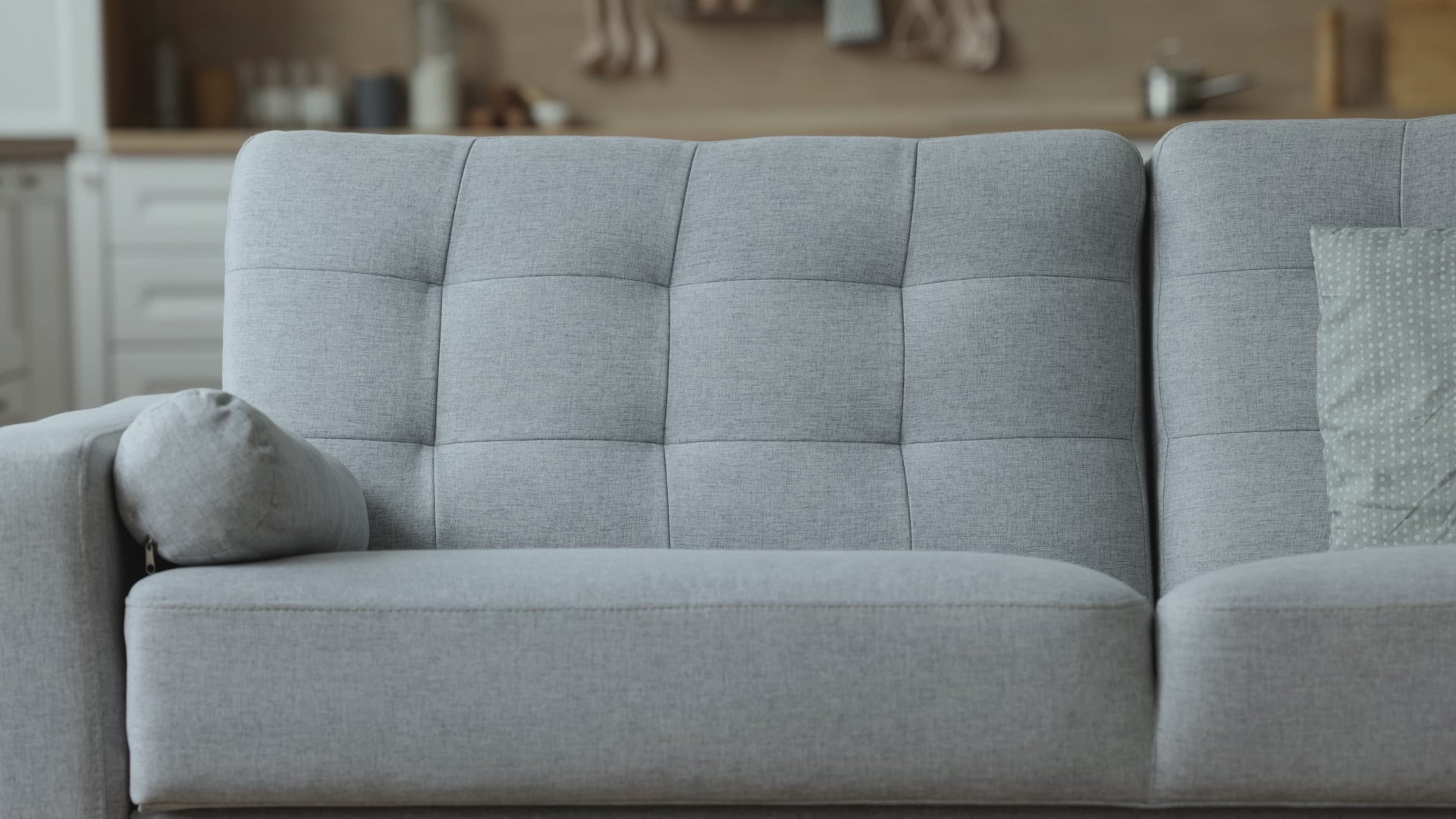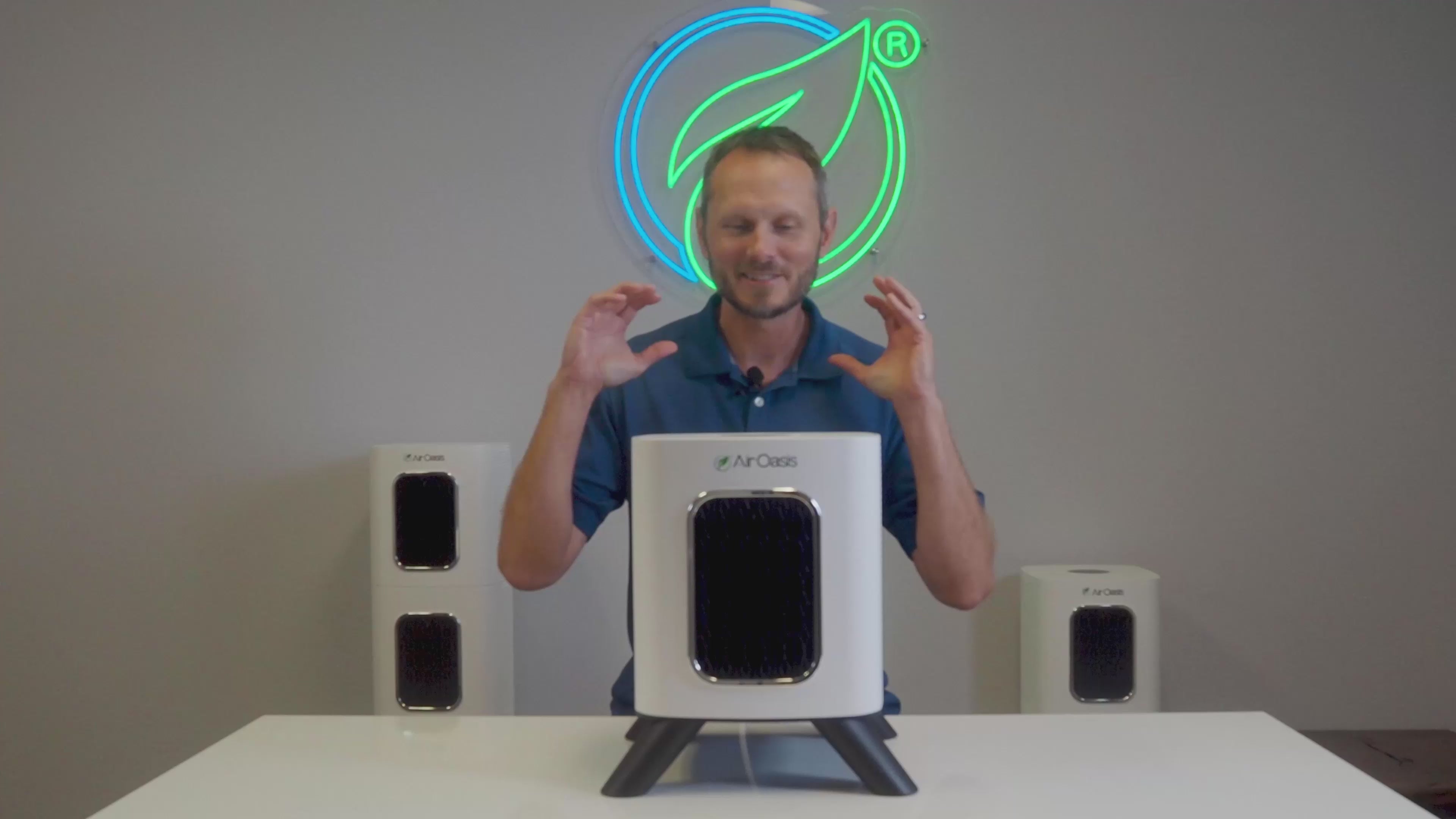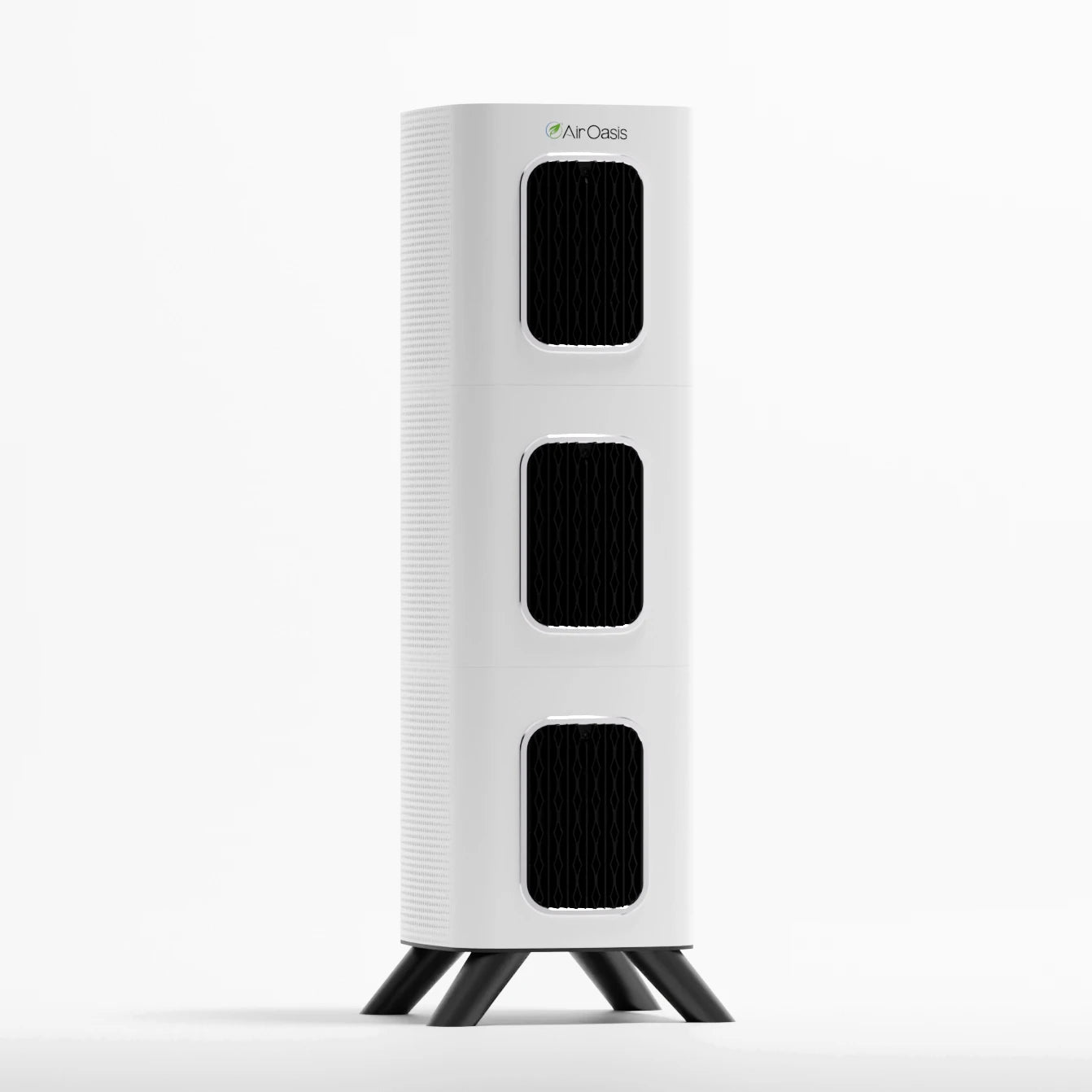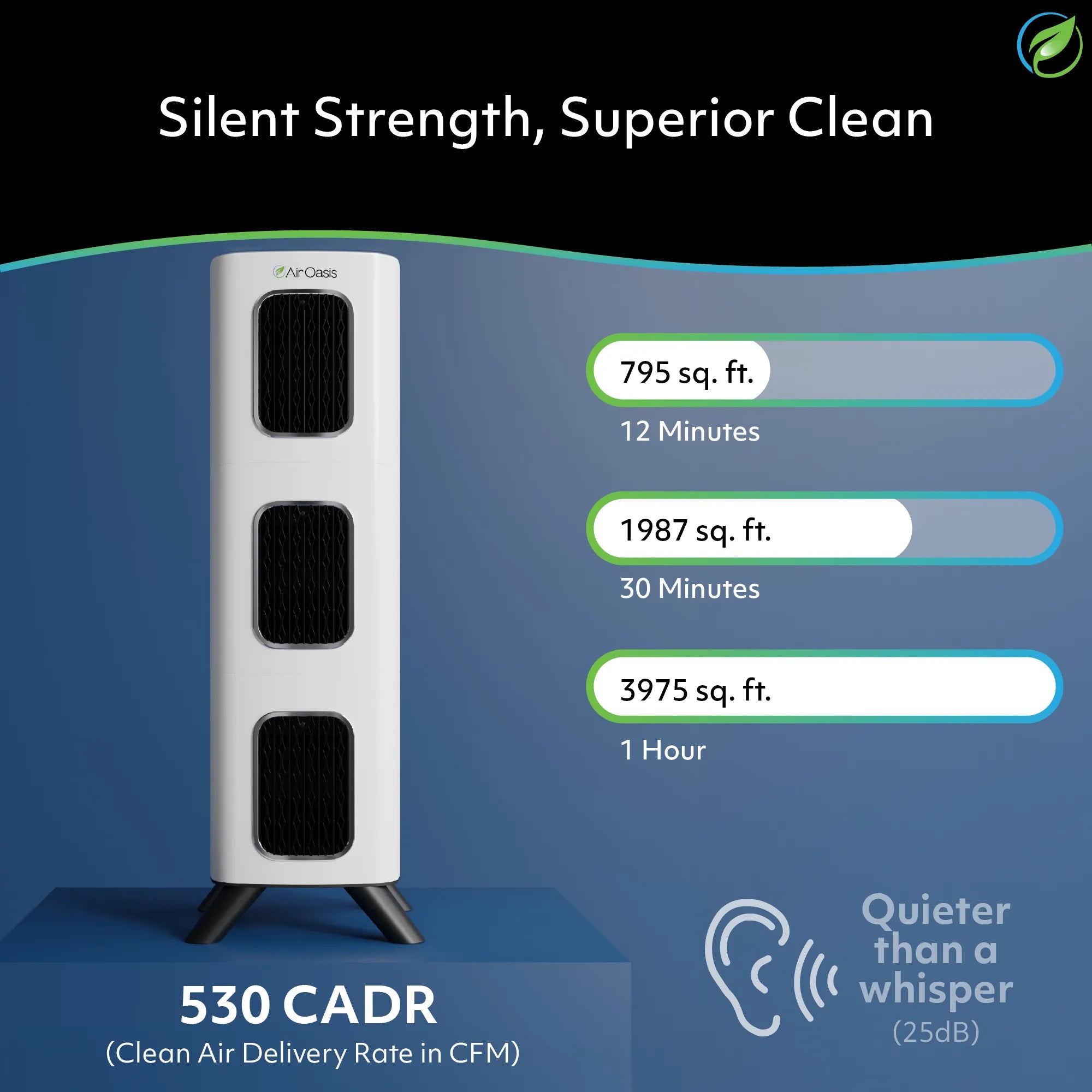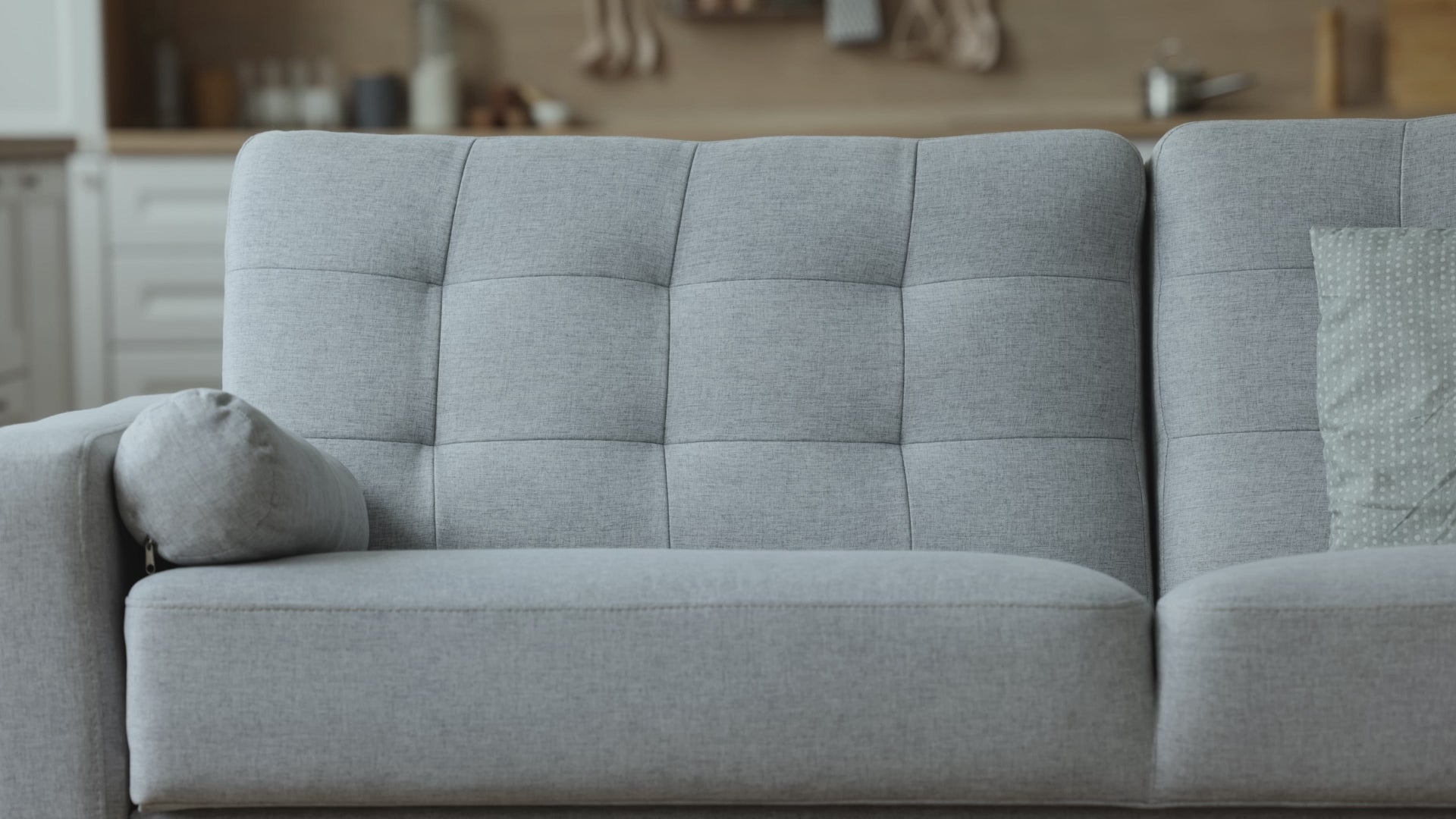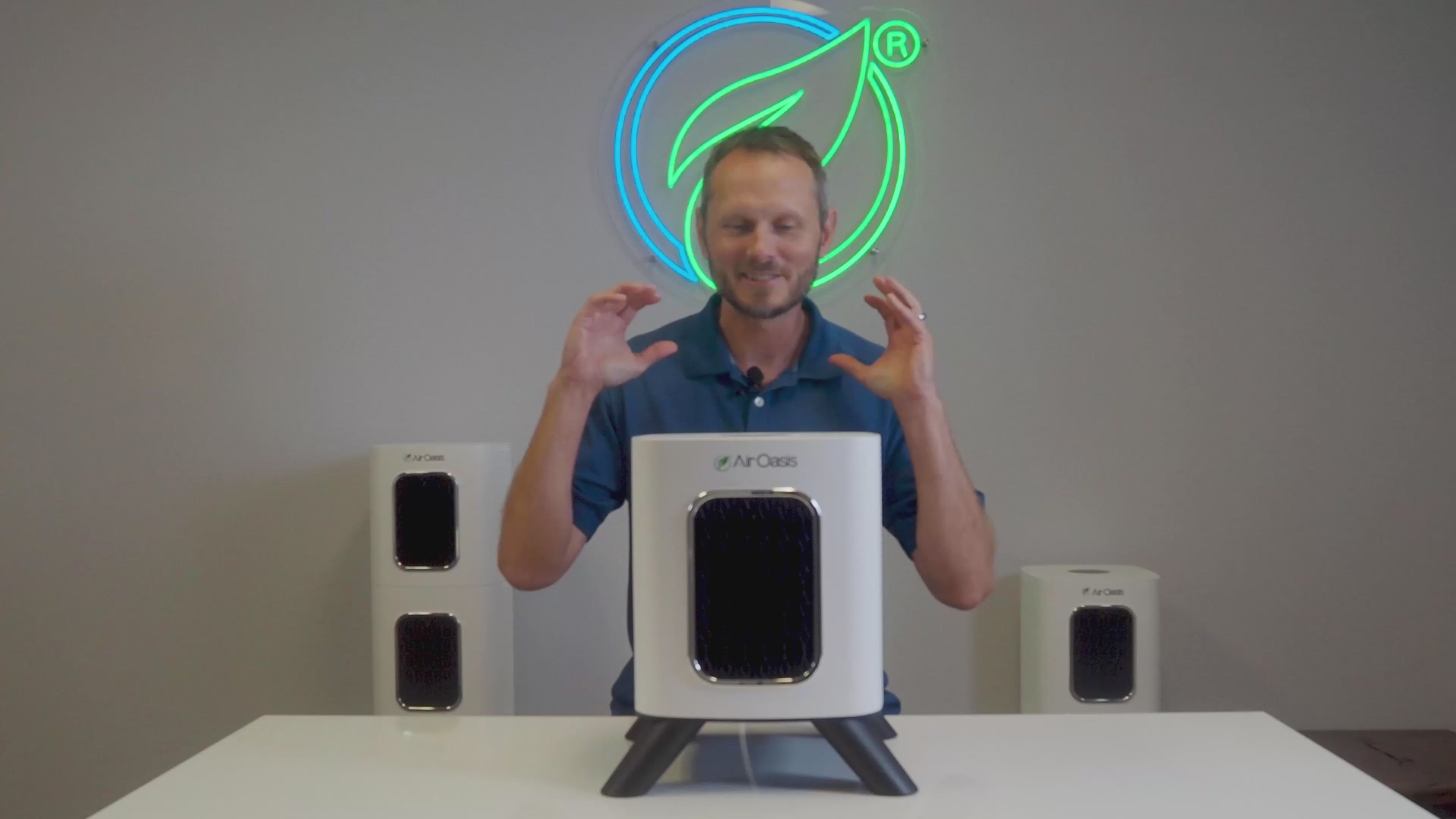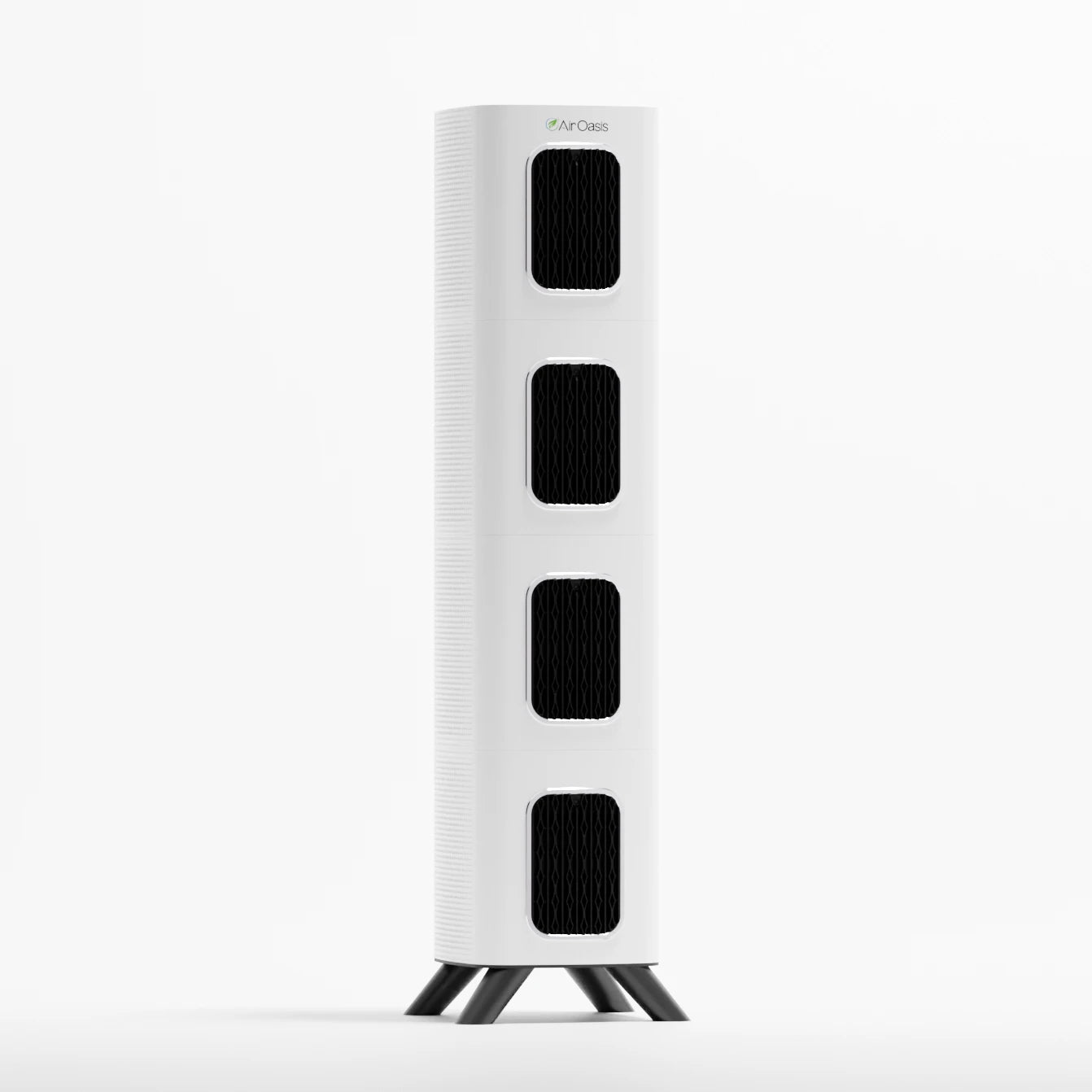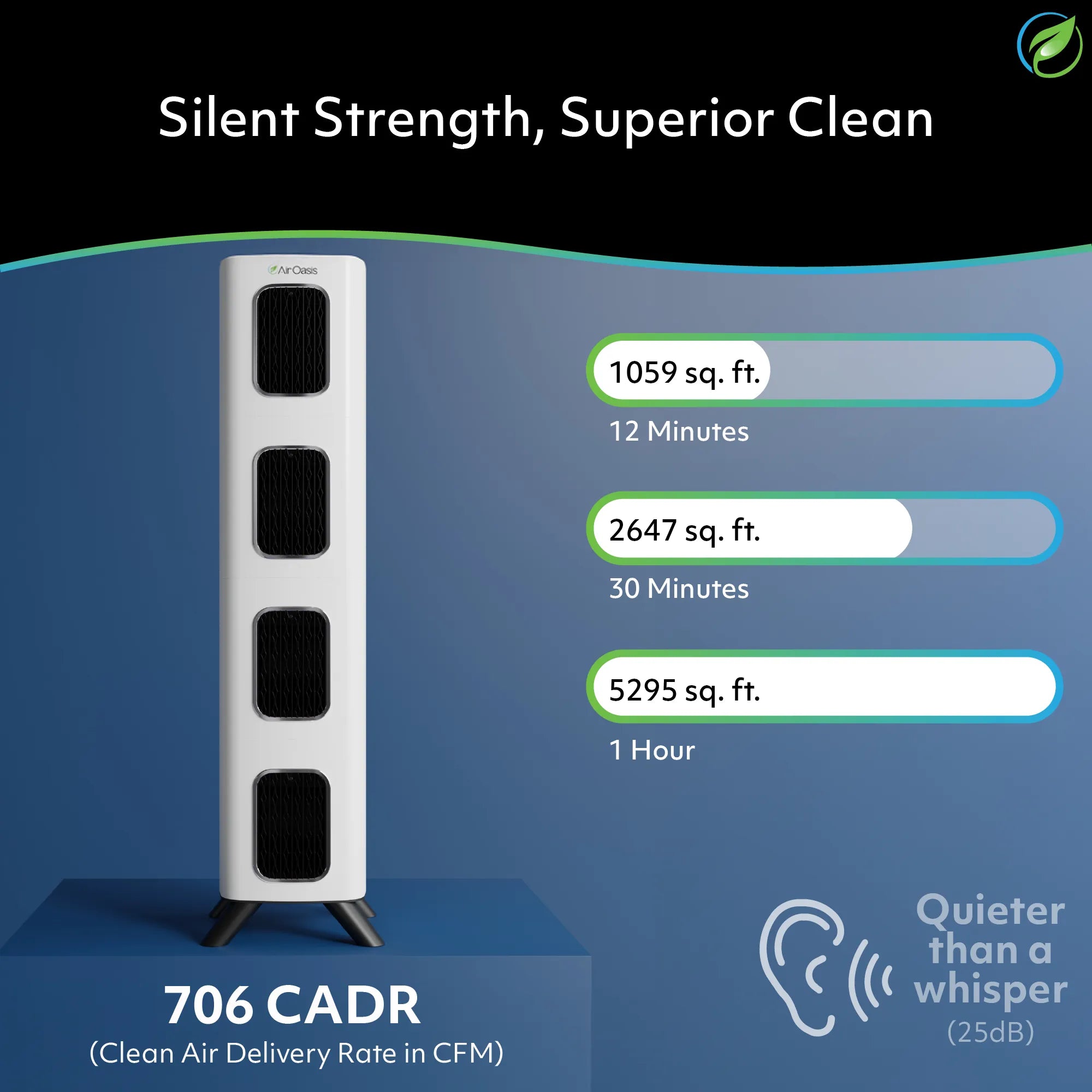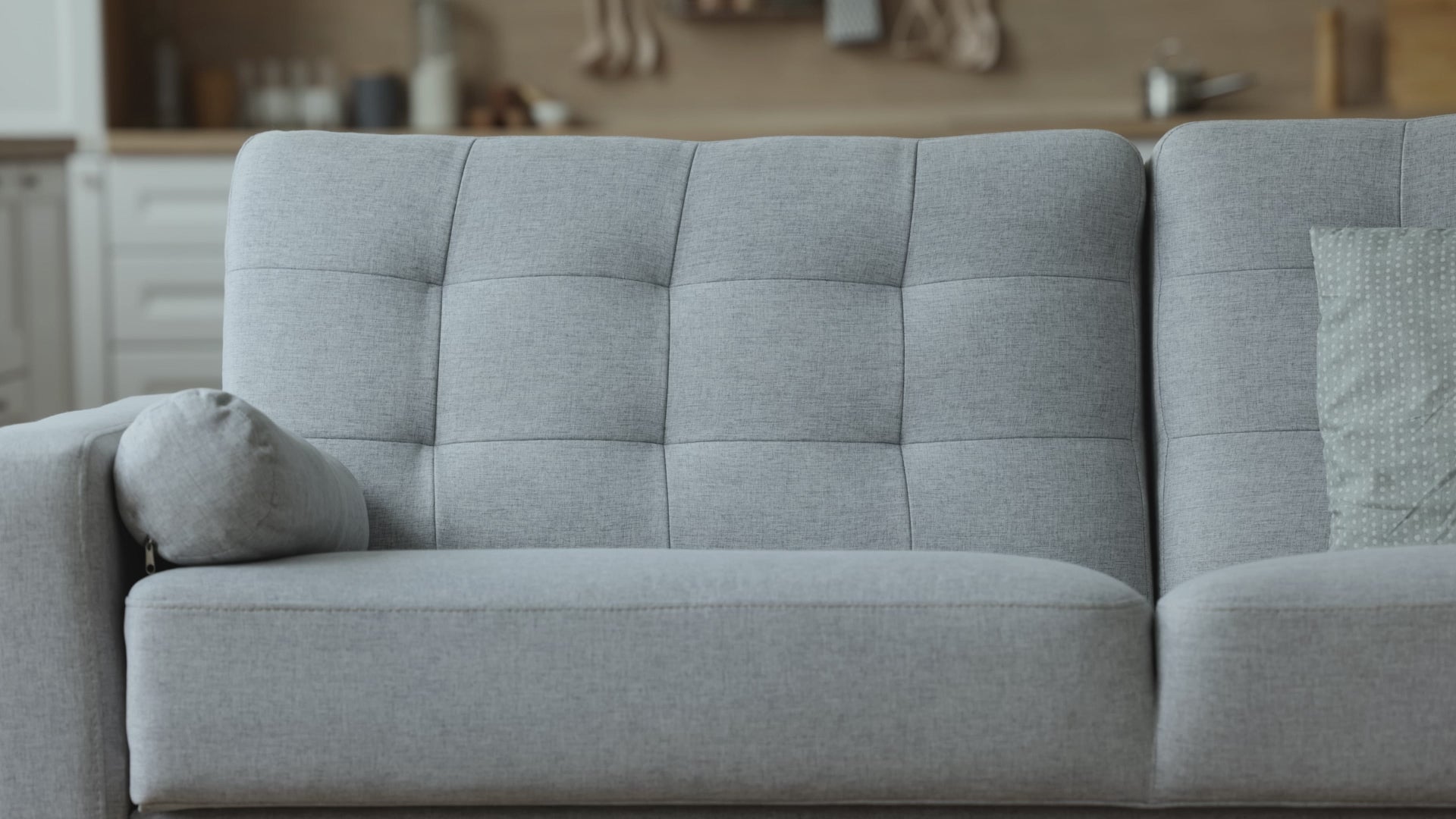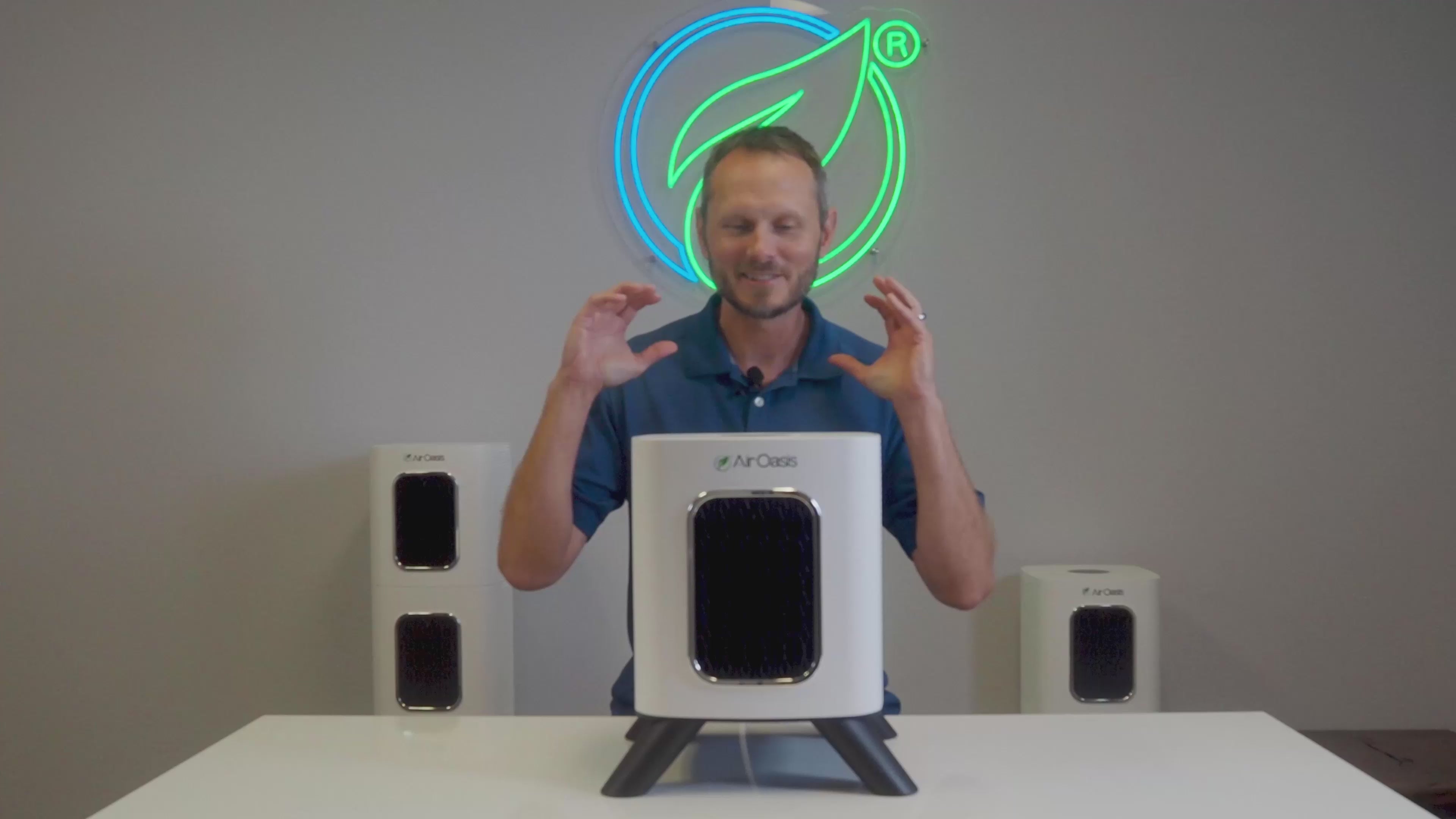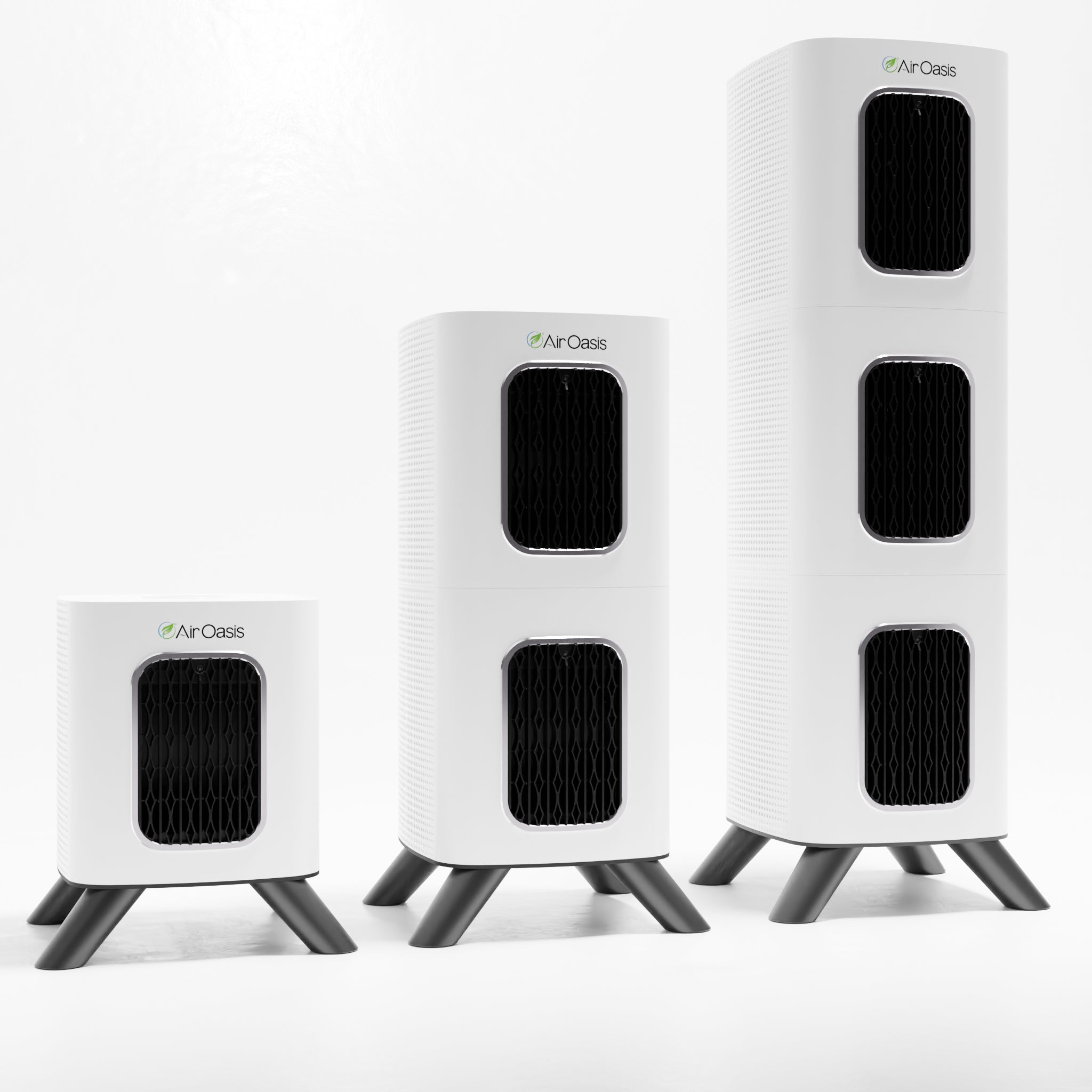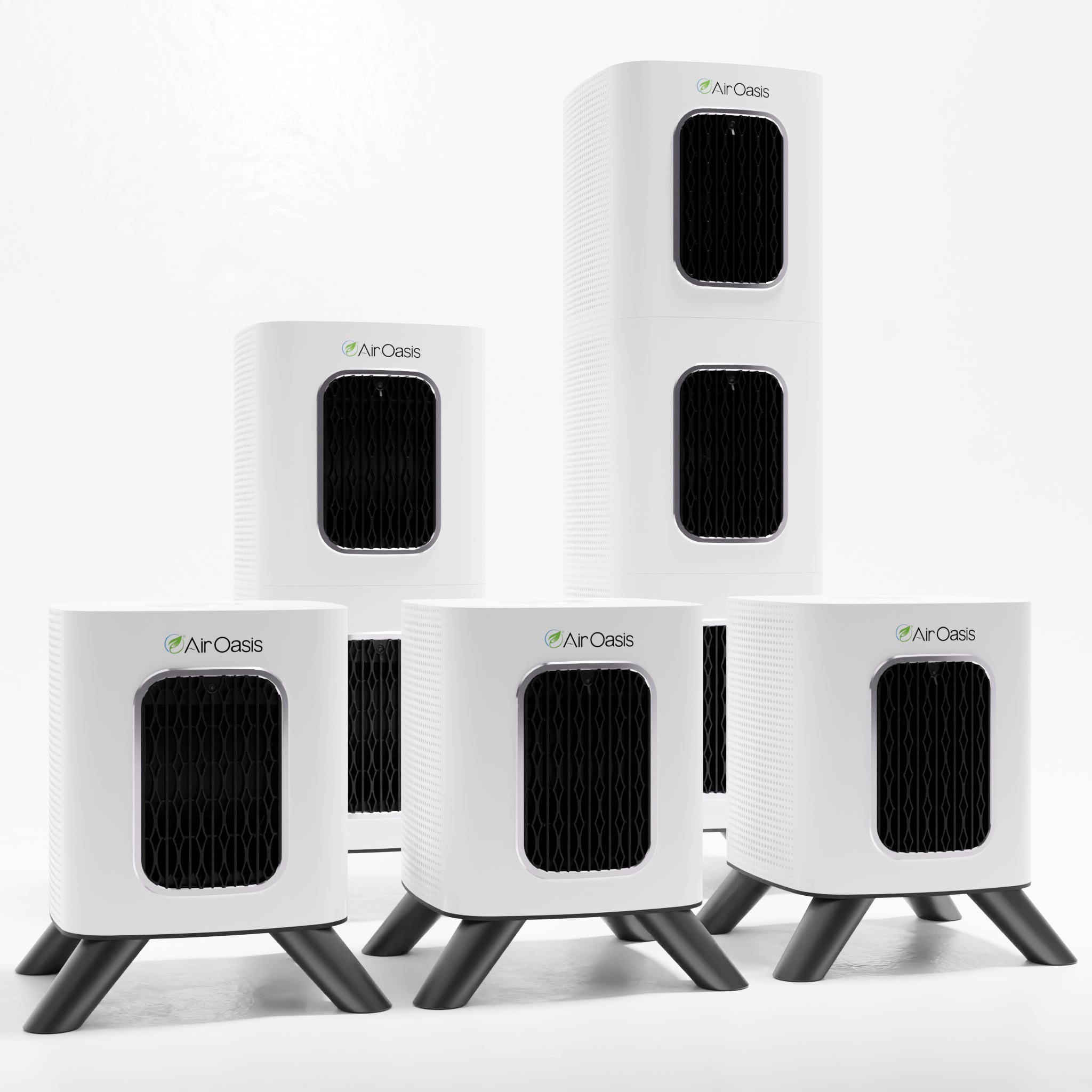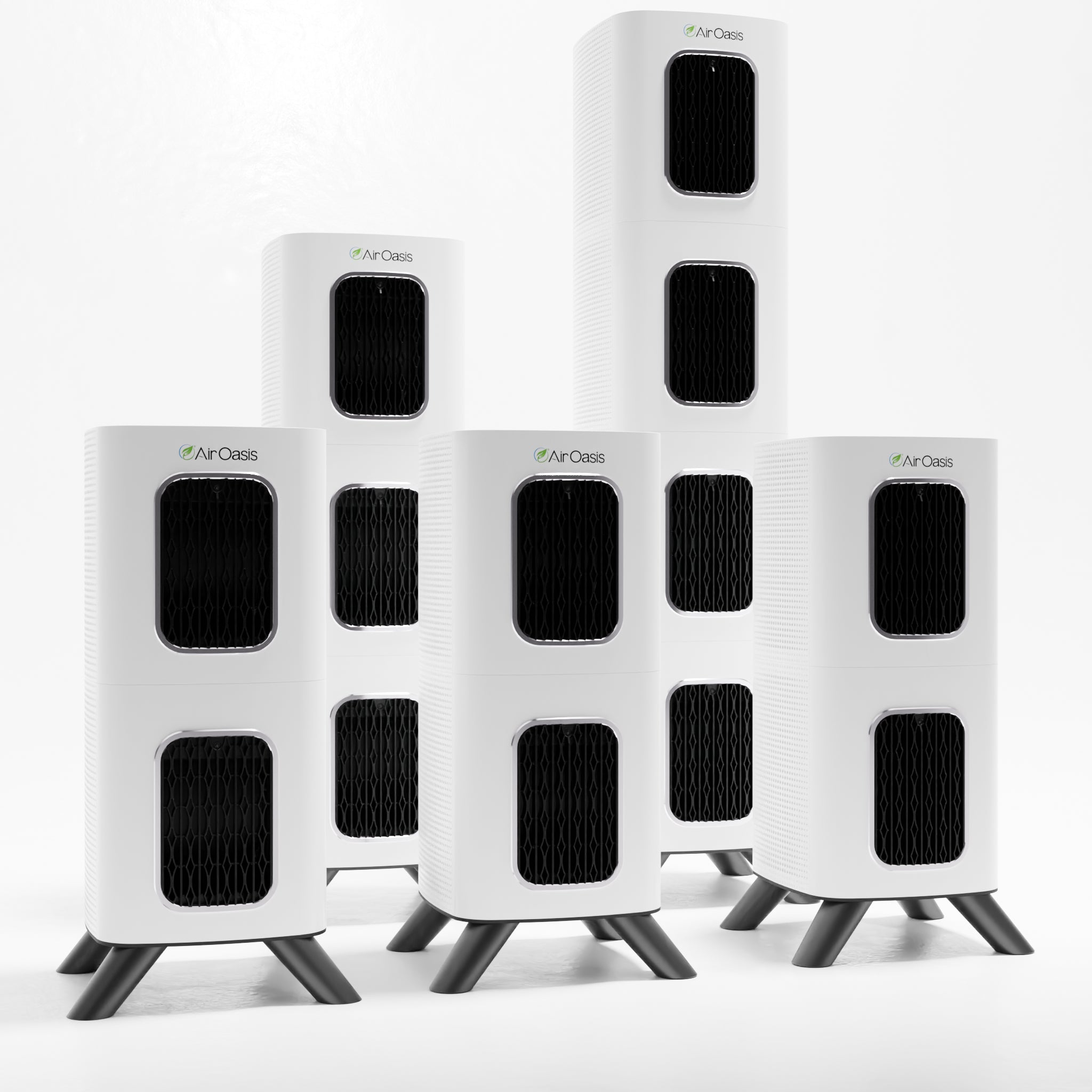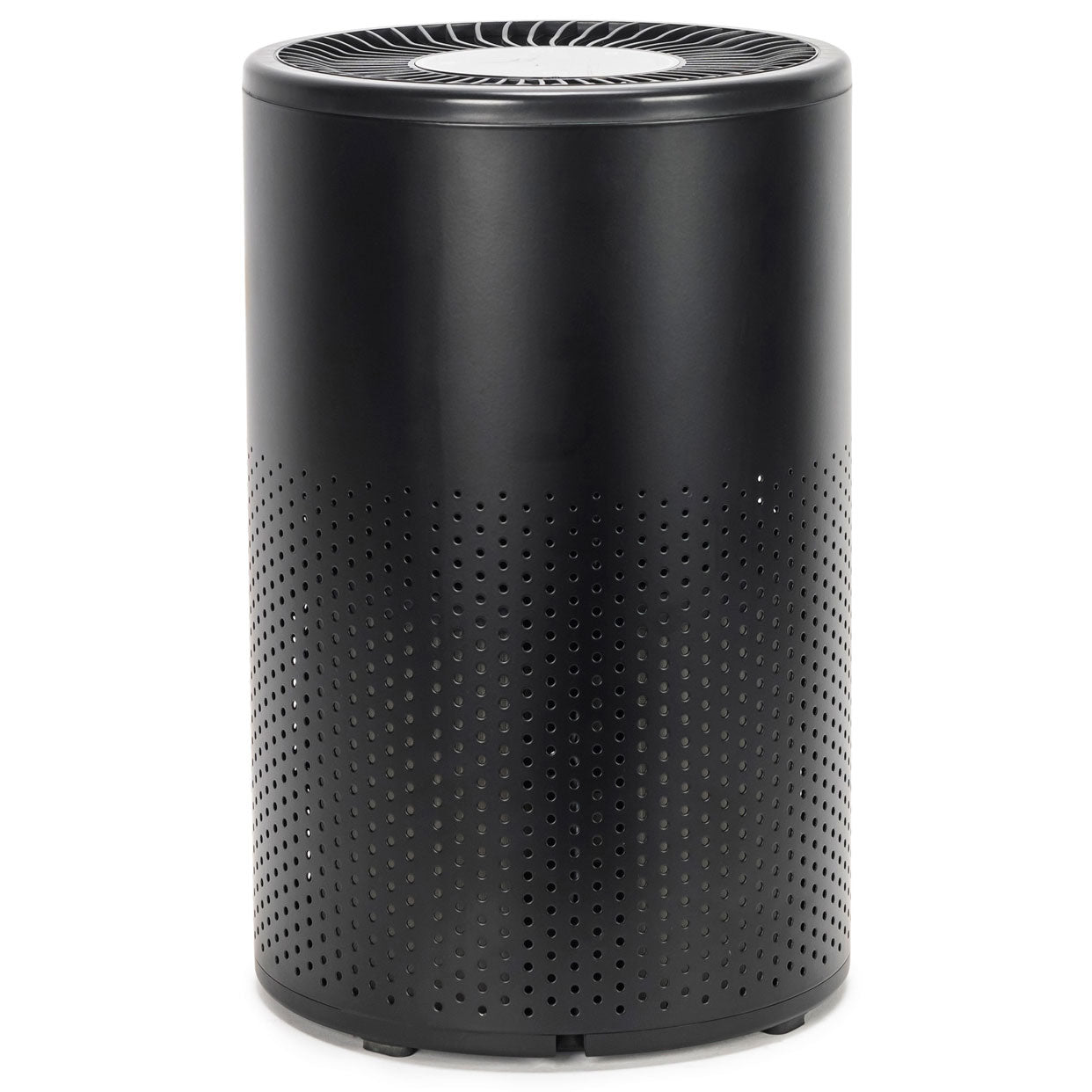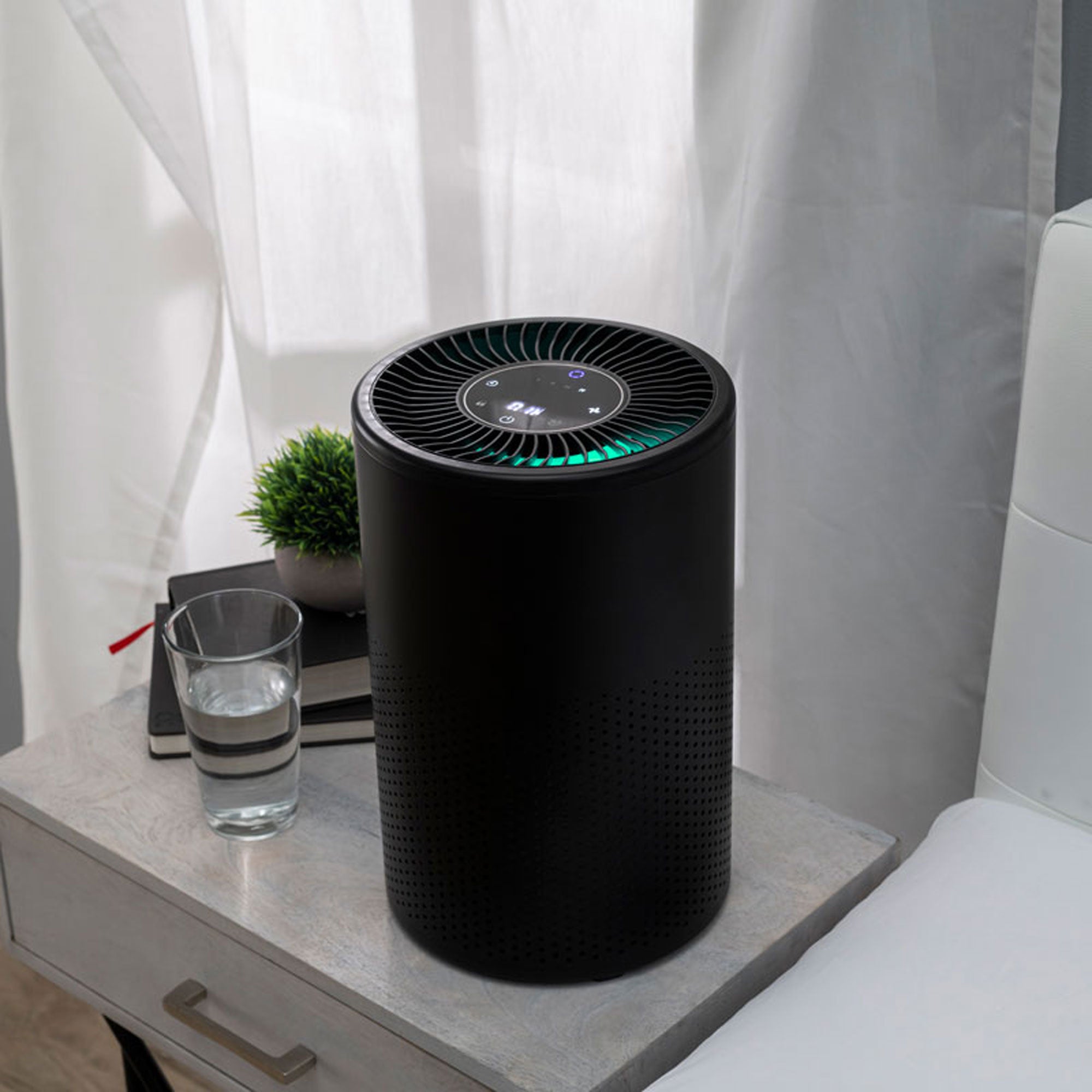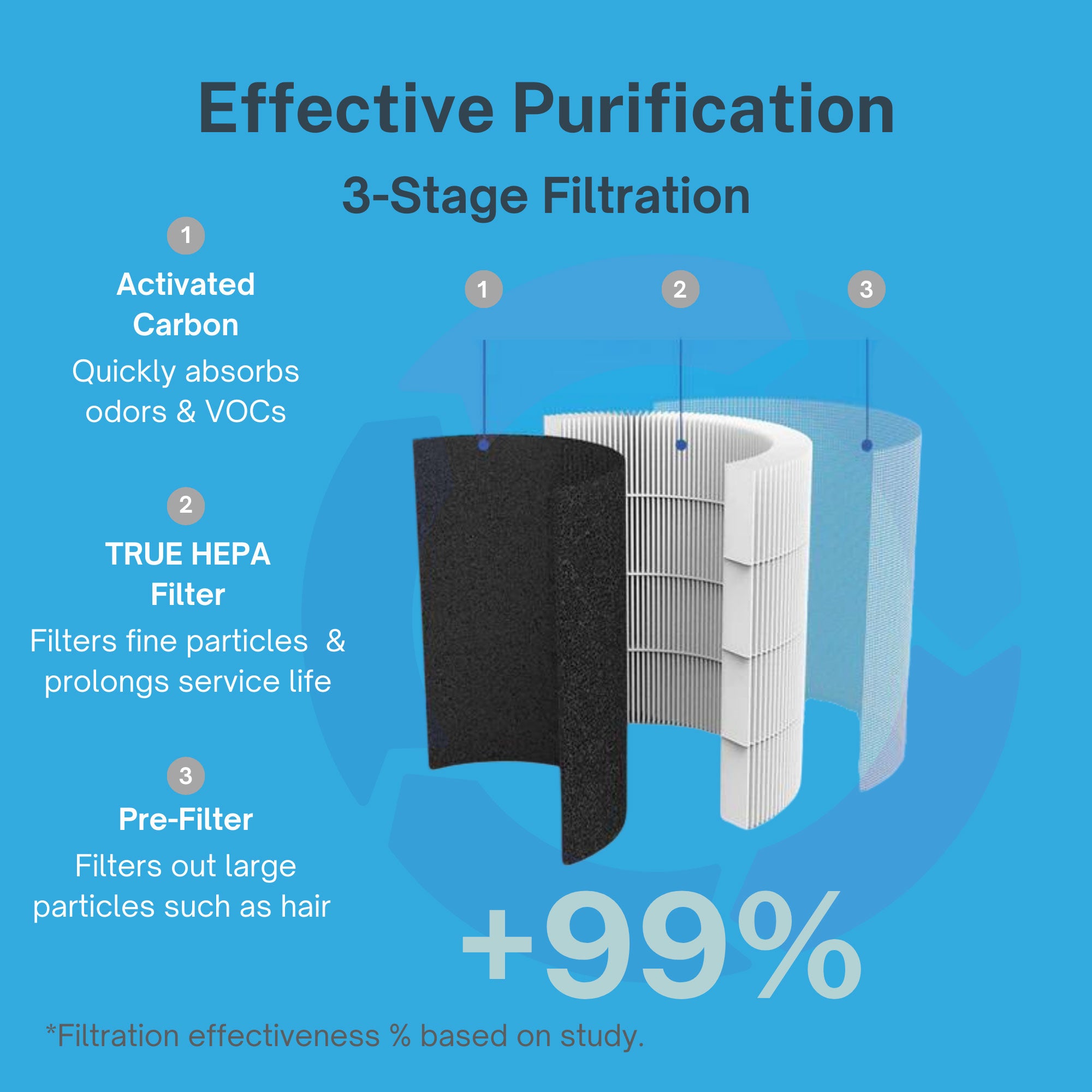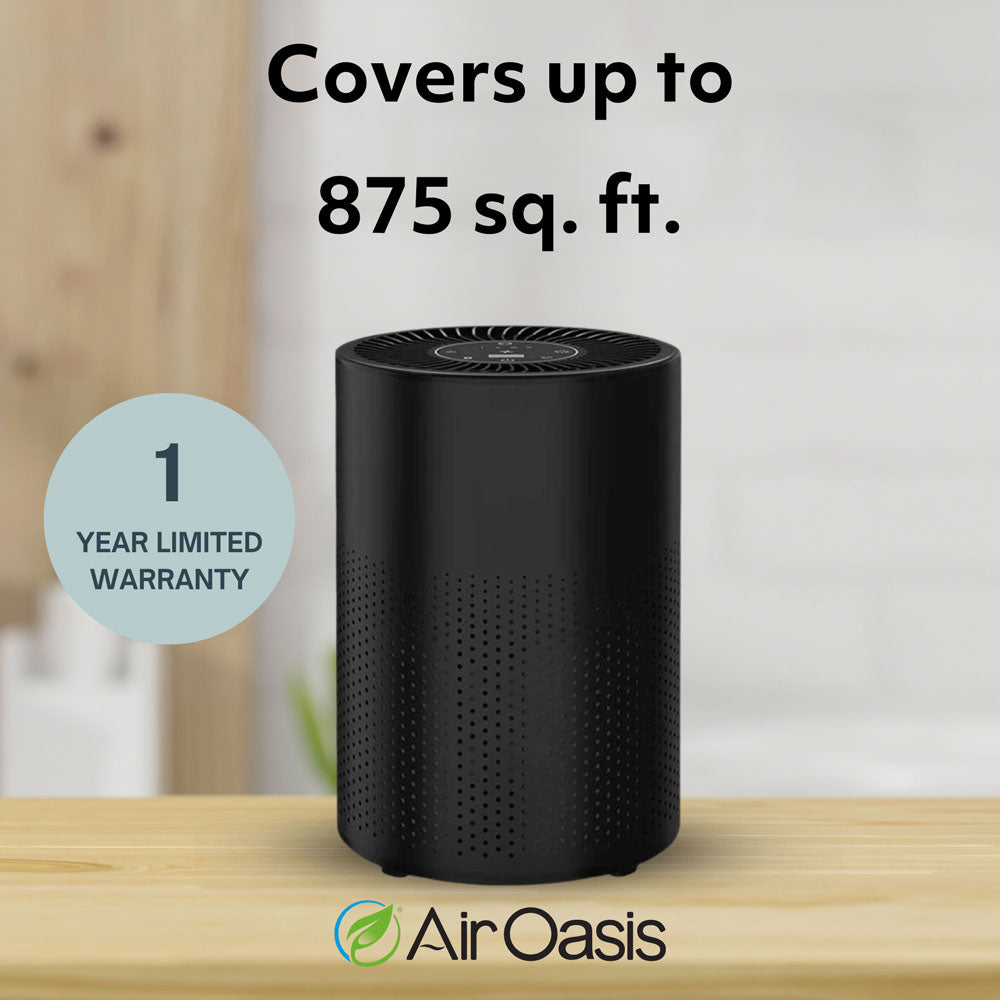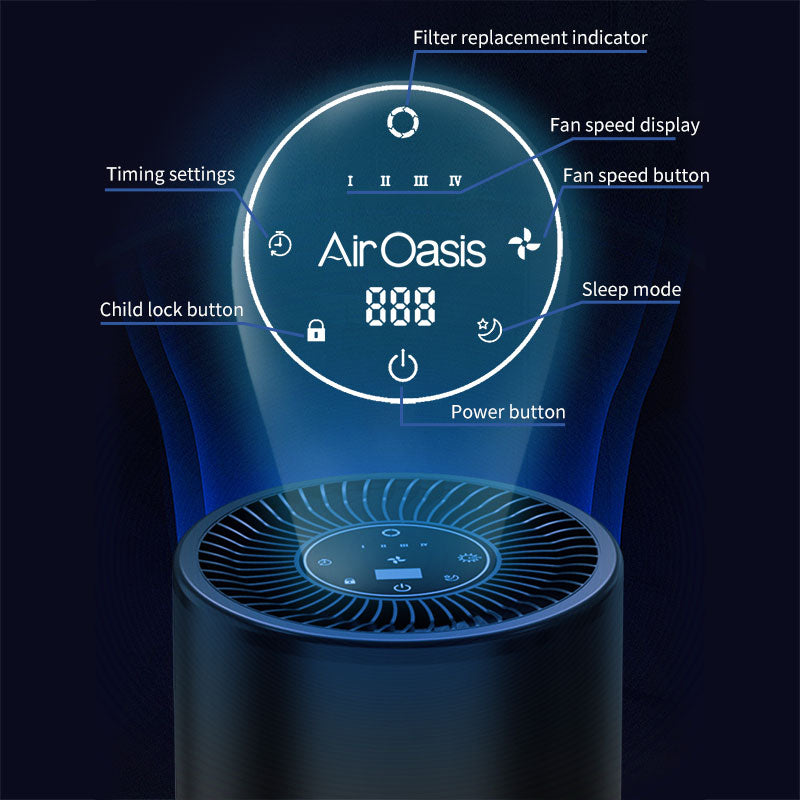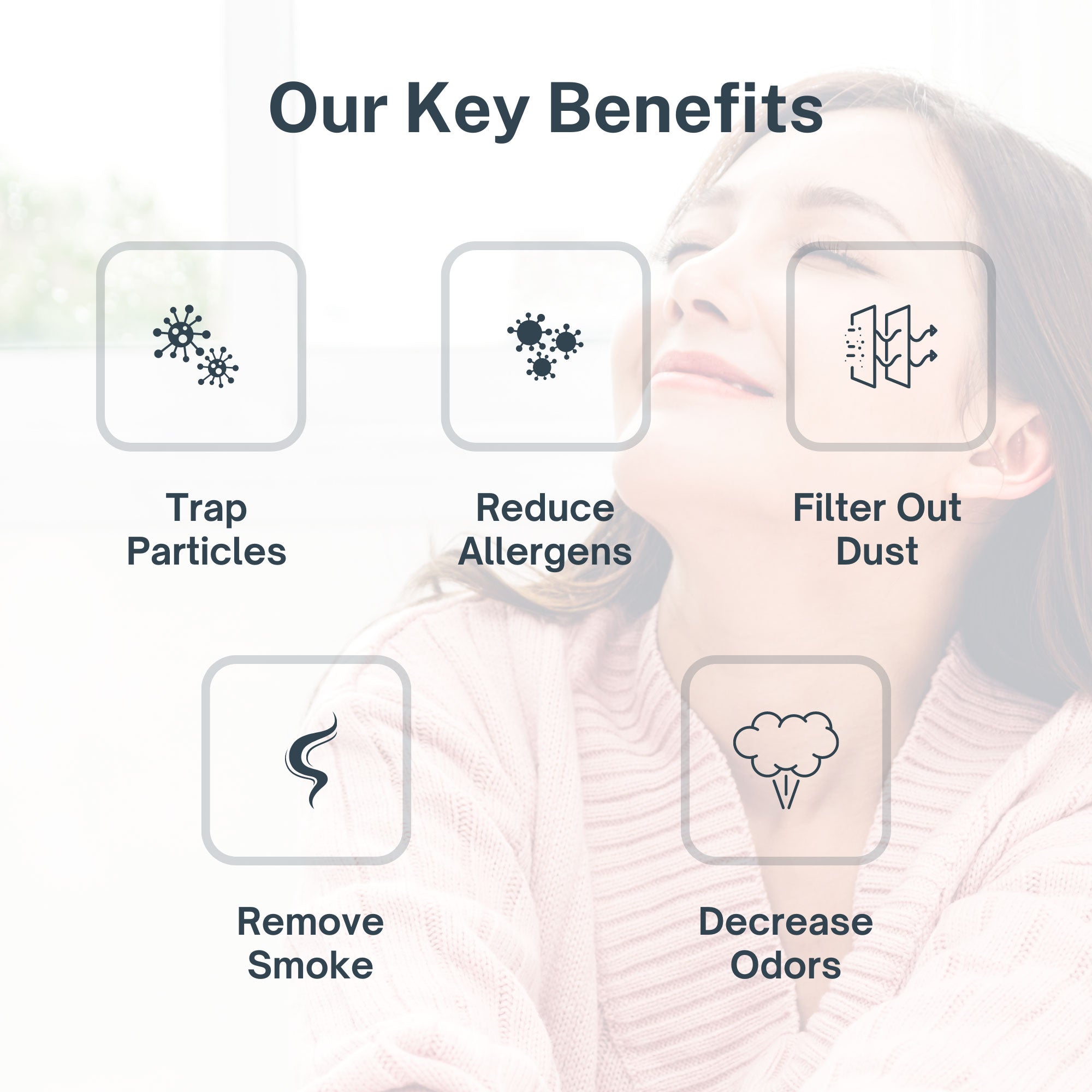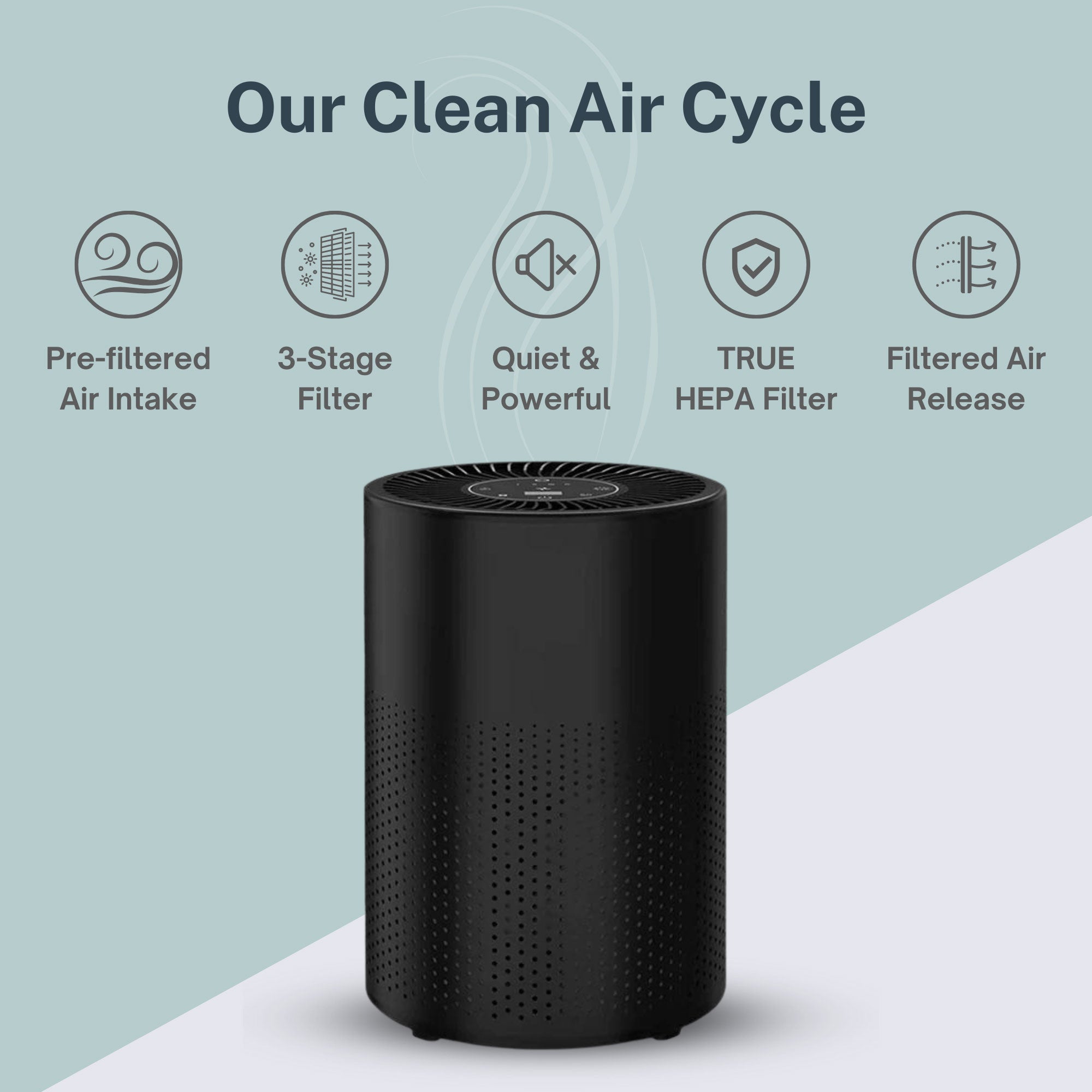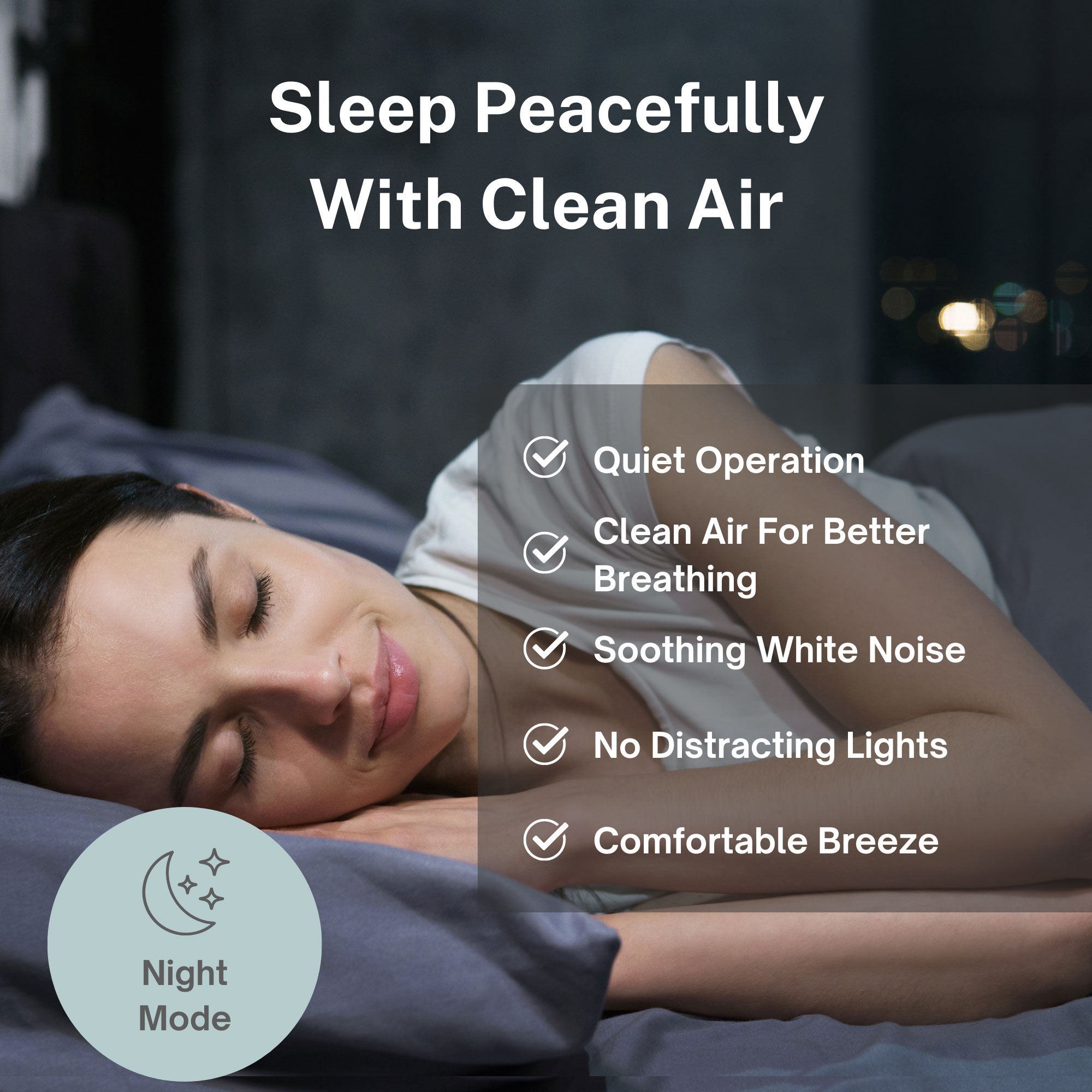It’s the most wonderful time of the year in Texas–cedar fever season. If you’ve lived in Texas during the winter, you’ve probably experienced cedar fever once the weather starts to cool off.
The best defense for cedar fever is reducing your in-home exposure to mountain cedar pollen.
An Air Oasis air purifier is a great way to eliminate pollen and other allergens inside your home. Read on for different ways to prevent the symptoms of cedar fever.
What is Cedar Fever?
Cedar fever is a seasonal allergic reaction to a common allergen found in Texas, mountain cedar. Many Texans struggle with cedar fever every year when the mountain cedar trees release large amounts of pollen, overwhelming the air we breathe.
The pollen from mountain cedar trees is harmless, but our immune system produces an inflammatory response to the pollen, similar to how our bodies protect us from viruses and bacteria.
About Mountain Cedar Trees
Mountain cedar trees cause cedar fever, but they are not part of the cedar family. They are juniper trees called Juniperus ashei. Mountain cedar trees are evergreen and are found throughout Texas, Oklahoma, Arkansas, and Missouri.
Only male mountain cedar trees release pollen, and the small, easily inhaled pollen granules are often carried long distances by the wind.
You can take specific steps to prevent cedar pollen from affecting you this year.
Cedar Fever Symptoms
Cedar fever symptoms can be easily confused with cold or flu symptoms. Ironically, Cedar fever does not usually cause a fever. It does, however, include many symptoms, such as:
- Runny or stuffy nose
- Fatigue
- Sore throat
- Itchy or watery eyes
- Plugged ears
- Frequent sneezing
Cedar Fever Season
Cedar fever season occurs between November and March, although it usually affects people most in December, January, and February. Mountain cedar trees have unique pollination patterns–rather than pollinating in the spring like most trees; the mountain cedar trees pollinate in the winter.
Now is the time to prepare your home to tackle the pollen and ensure everyone stays healthy throughout the winter months.
Preventing Cedar Fever in Texas
Allergy Medication
Over-the-counter (OTC) antihistamine medication works well for cedar fever for many people. When we encounter allergens like cedar pollen, our bodies release histamine for protection, which causes the symptoms we are familiar with. Antihistamine medication works to lessen the severity of the allergic reaction.
If OTC medications don’t work for you, you can see your doctor for a prescription-strength medication, like a corticosteroid or an anti-inflammatory medication.
Nasal Irrigation
The nose is equipped with cilia, tiny, hair-like structures that act as the first line of defense against pollen and other irritants.
Flushing the mucus out of the nose and sinuses is a good treatment option for cedar fever. Using a neti pot to clear out clogged nasal passages with a saltwater solution can help with a stuffy nose and allow the cilia to work better to remove the cedar pollen from the sinus passages.
Bathe Pets Frequently
Our furry friends are like family, but our pets’ fur attracts cedar pollen. Fido is unknowingly bringing allergens into the house, so it is important for pets to have regular baths, especially during the winter months.
Check Local Pollen Levels
Consider checking your local pollen counts before spending time outside during cedar fever season. Your local news station may report on the pollen counts during the weather forecast segment, or you can check sites like pollen.com, which allows you to enter your city or zip code to see the current top allergens, forecasted allergens, and more.
If your local cedar or juniper allergens are high, consider staying indoors with closed doors and windows to keep the pollen out.
Buy a HEPA Air Purifier
An air purifier is one of the best lines of defense to keep your home allergen-free. A well-designed HEPA air purifier can effectively remove most of the mountain cedar pollen from the air inside your home.
HEPA air purifiers work by drawing in air and passing it through a series of filters, including a pre-filter and an activated carbon filter, which works to capture large particles and volatile organic compounds (VOCs). The air then passes through a HEPA filter, designed to remove 99.97% of particles that are 0.3 microns or larger, including the mountain cedar pollen.
HEPA air purifiers also have the added bonus of eliminating harmful microorganisms via UV-C light technology.
Buy an Ionic Air Purifier
Ionic air purifiers use proven technology to operate by emitting negative ions into the air in your home. These ions attach themselves to positively charged particles, including mountain cedar pollen. The ions then fall to the ground or are trapped in the filter, removing them from the air.
Buy an Air Purifier for Cedar Fever
Unfortunately, antihistamines and neti pots can only do so much to mitigate an allergic reaction to mountain cedar pollen in your home.
At Air Oasis, our air purifier technology has been shown to effectively prevent cedar fever symptoms. Our gold standard Air Oasis iAdaptAir Purifier combines five technologies—True H13 HEPA, carbon, silver ion, UV light, and bi-polar ionization—to clean your air and eliminate not only mountain cedar pollen but also other seasonal viruses and harmful mold and bacteria.
This cedar fever season, arm yourself and your home with the best defense against mountain cedar pollen, an Air Oasis Air Purifier.




